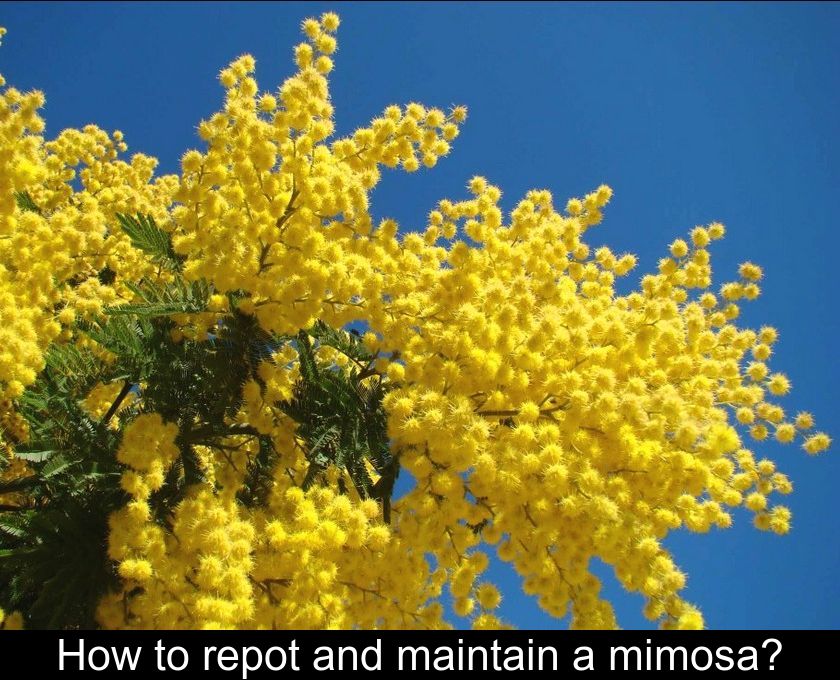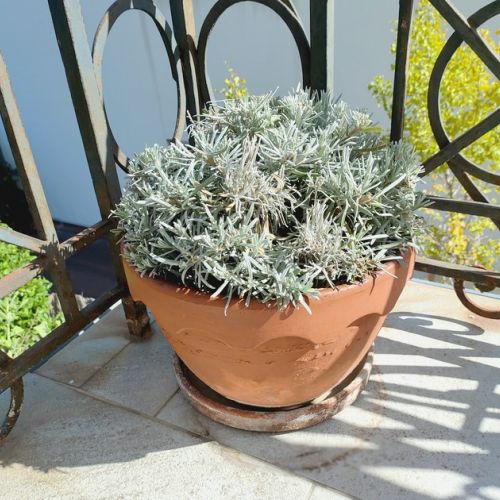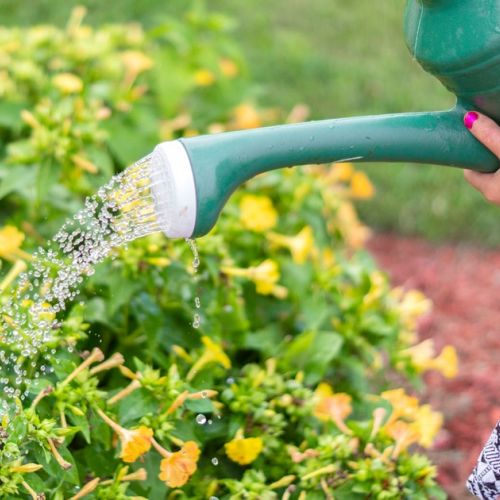How To Repot And Maintain A Mimosa?
These golden yellow flowers are the harbingers of spring: in bud or sometimes even in bloom as early as December, the mimosa illuminates the beginning of the year with its long, fragrant bloom. This tree, dear to the hearts of the people of the Côte d'Azur, is reputed to be fragile and difficult to acclimatize. If you dream of having one in your garden, here are all the tips you need to know to repot and maintain a mimosa.
What are the particularities of the mimosa?
The mimosa is one of 1200 known species of acacia trees worldwide. Like most of them, it is originally from Australia and was imported to Europe by the English in the early 19th century.
There are multiple varieties, some of which are suitable for growing in pots thanks to their reduced height not exceeding 3 meters. The most beautiful ornamental varieties are generally hybrids of Acacia dealbata and Acacia baileyana.
In gardens, mimosas are prized for their exceptionally early flowering. In addition to their instantly recognizable fragrance, these yellow pompons form an eye-catching golden ball. This bloom is all the more remarkable because it occurs in the middle of winter, when the other trees have not yet bloomed.
What are the optimal growing conditions for a mimosa?
Mimosas are only grown in the open ground in the South and on the Atlantic coast, as they like warmth, sunshine and well-drained soils, especially sandy ones.
These trees are known to be delicate because they fear chalky, heavy or clay soils, cold and cool, dry wind.
The mimosa is a species that grows fast (from 30 to 60 cm per year) and can reach 3 to 10 m in height for 2 to 4 m spread. It is therefore necessary to reserve a large space for it in the garden. Even though it is a very nice outdoor tree or shrub, you can also install it in a cold greenhouse or a veranda.
You can even try growing this beautiful acacia with yellow pompons on your balcony as it does well in a container. Choose a large pot, and place it in a sheltered corner of your patio or balcony. In regions where it freezes, you will be able to put it easily under cover.
How to repot a mimosa?
If you bought a small specimen at a garden center, you can enjoy it for a few years in a pot, as long as you re-pot it in well-drained soil.
For example, you can use a bag of 'special Mediterranean plant' potting soil. Provide a good layer of expanded clay balls at the bottom of your planter to ensure good drainage.
After repotting, water copiously and install your mimosa in full sun.
If it freezes at night in your area, don't forget to protect your young tree with a winter cover.
Also note that it is advisable to re-pot mimosas every two years as they are rather greedy trees. Repotting is best done in April.
Why is the mimosa an emblem of the French Riviera?
It is around 1880 that the mimosa made its appearance on the slopes of the Croix des Gardes, in Cannes. This species was probably introduced by one of the winter guests of the city like the Duke of Vallombrosa, the Marquis de Morès or Lord Brougham.
The Horticulture and Acclimatization Society then contributed largely to its promotion, especially since this tree adapted particularly well to its new environment. Following the example of Cannes, the mimosistes multiply in the region, in Mandelieu, Pégomas, Tanneron or La Roquette.
At the beginning of the 20th century, these golden flowers are shipped from the stations of Cannes and Mandelieu-la-Napoule to all major cities in France and Europe. Today, from January to March, some 8 million bouquets are sent from the Côte d'Azur all over the world.
Ephemeral like all flowers, the mimosa owes its marketing to a particular technique, the forcing. This process consists in placing the plant in a closed room by maintaining a temperature of 25°C and a hydrometry of 85, which allows the flowers to bloom. Its conservation is ensured by the addition of a special powder called 'Chrystal'.
Mandelieu-La Napoule has been organizing the Mimosa Festival since 1931. In the region, these trees are not confined to a decorative role: they are also used in perfumery in the famous perfumeries of Grasse. This essence is used in the composition of famous perfumes such as Farnesiana by Caron, Byzance by Rochas and Amarige by Givenchy.
This sweet, fragrant bloom has thus become an emblem of the French Riviera. It also inspired Marcel Pagnol to say 'Grandmothers, it's like the mimosa: it's sweet and it's fresh, but it's fragile ...'












